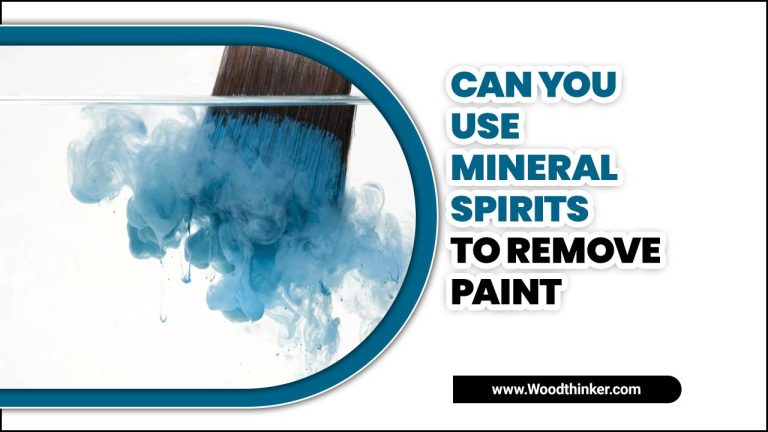How To Paint Parking Spaces – Full Guideline
Parking spaces are vital to any building or property, providing a designated area for vehicles to be safely parked. But beyond simply marking the space with a few lines, a well-painted parking space can enhance a property’s overall appearance and functionality.
This simple yet crucial detail can make a significant difference in creating an organized and efficient parking system. However, painting parking spaces may seem daunting for some, especially for those with little or no experience in the field.
Here, we will explore the step-by-step process of how to paint parking spaces effectively and professionally. So, let’s start transforming your parking lot into a well-marked, functional, and visually appealing space.
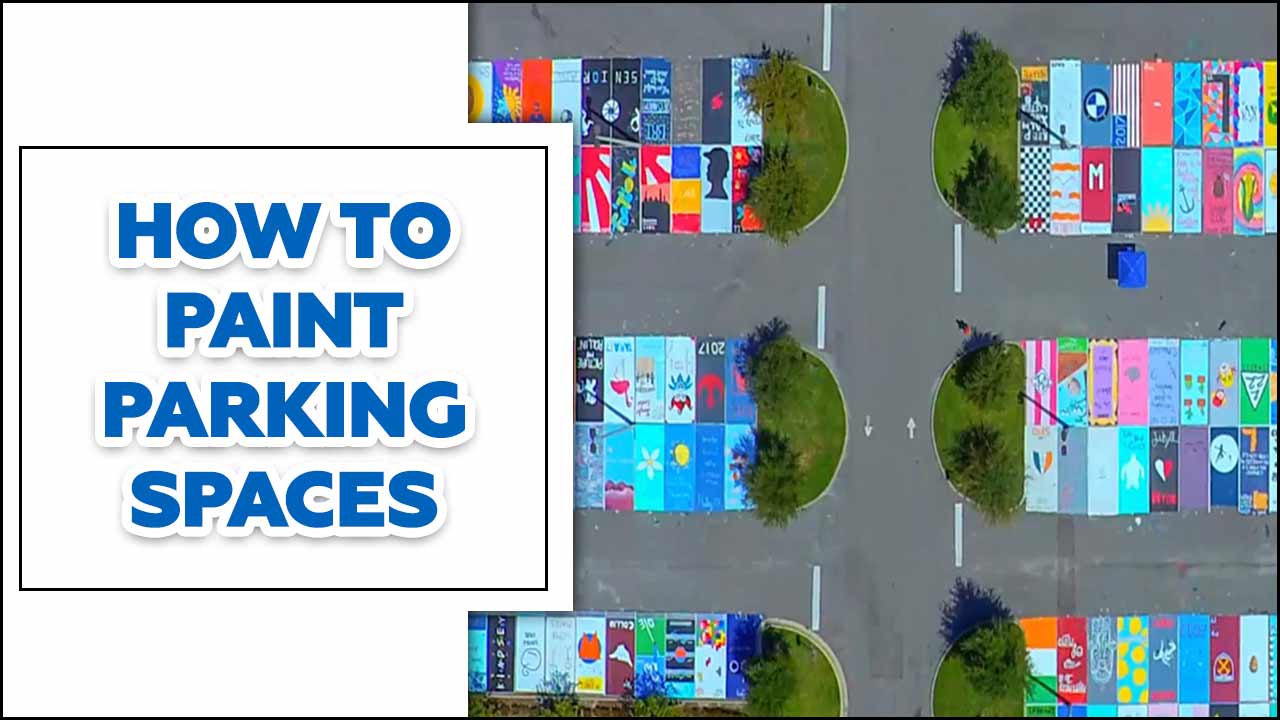
Materials And Tools Needed For Painting Parking Spaces
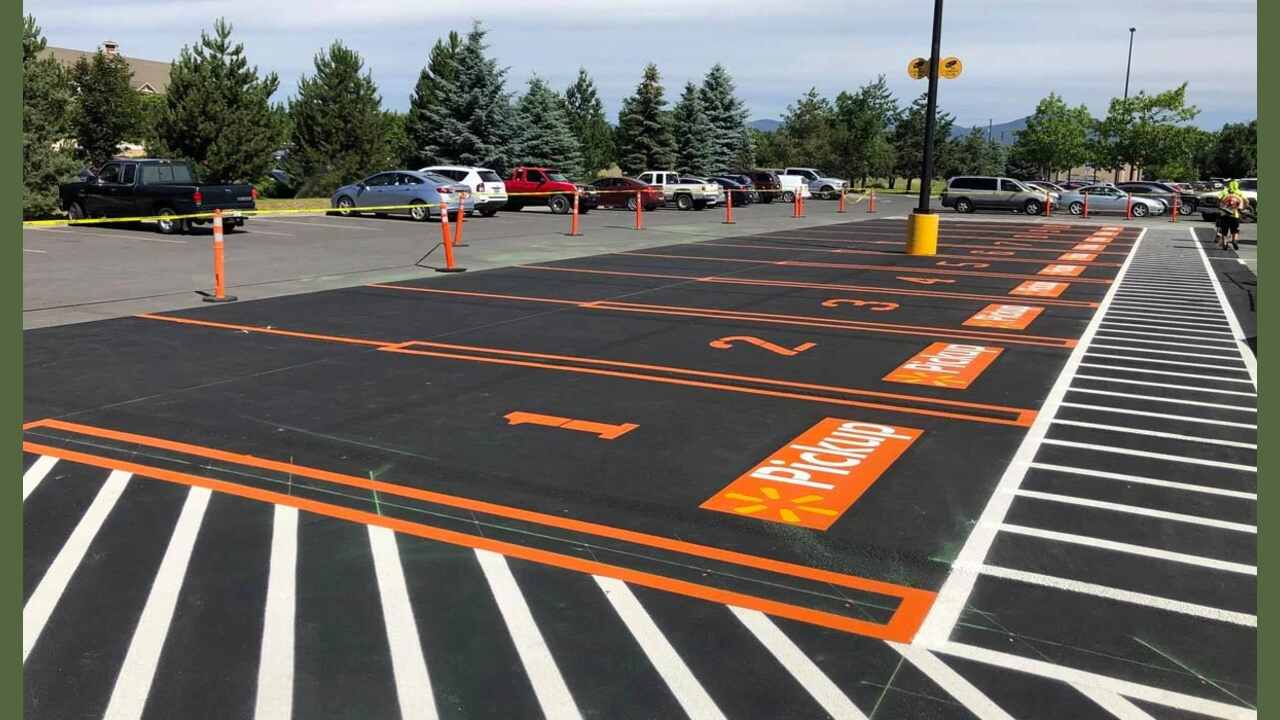
When painting parking spaces, there are a few materials and tools that you will need to ensure a successful project. With these materials and tools, you’ll be well-equipped to tackle your parking space painting project easily. Here are the essentials:
- Paint roller or sprayer
- Stencils or tape
- Measuring tape
- Wear gloves, goggles
Step By Step Processes To Paint Parking Spaces
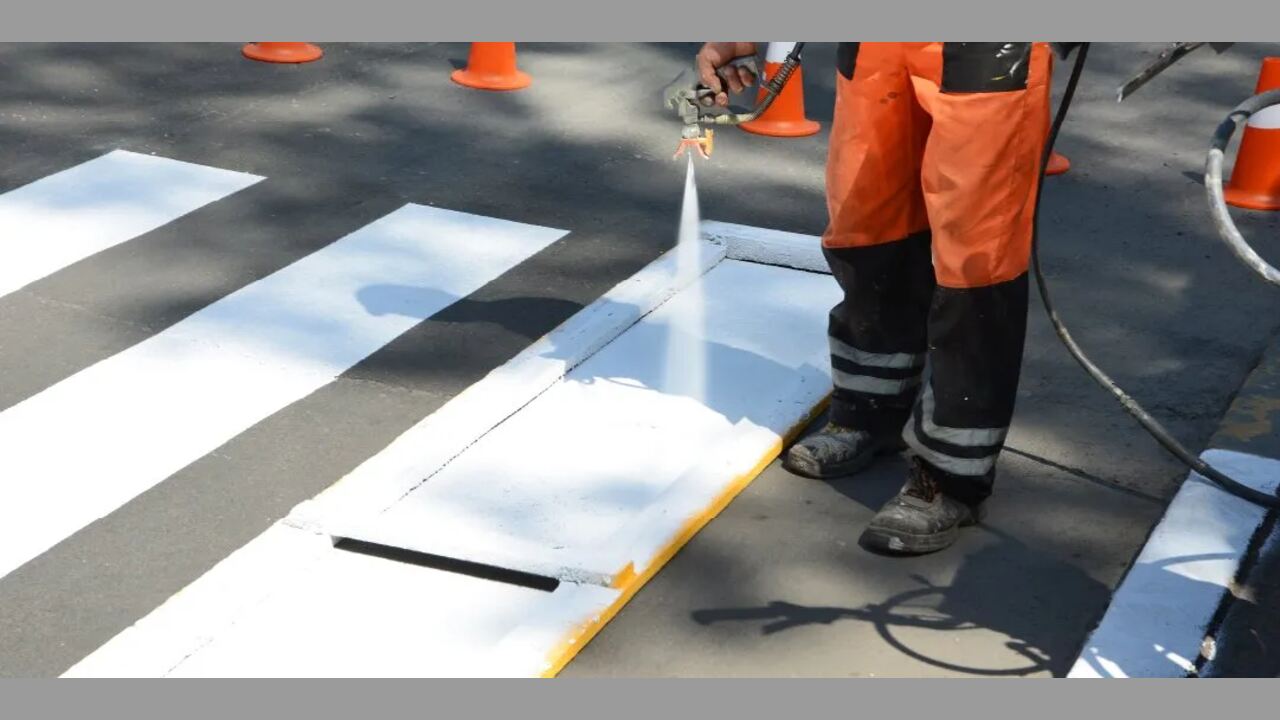
Painting parking spaces can be straightforward if you follow these step-by-step instructions. Painting parking spaces is essential to creating organized and efficient parking lots. By marking each parking space, drivers can easily navigate the lot and find available spots without confusion or frustration.
Following these steps, you can create marked parking spaces that contribute to efficient traffic flow and enhance safety in your parking lot or facility. Here’s how to paint parking spaces.
Preparing The Area For Painting
Before painting the parking spaces, it’s crucial to ensure the surface is impeccably clean and free of debris or dirt. Thoroughly checking for cracks or damage in the Asphalt Kingdom surface is vital before applying any paint.
Using a blower to remove debris and applying chalk lines to mark the parking spaces are common preparatory techniques. This careful preparation sets the stage for successful parking lot line painting and contributes to the longevity of the painted parking spots.
Measuring And Marking The Parking Spaces
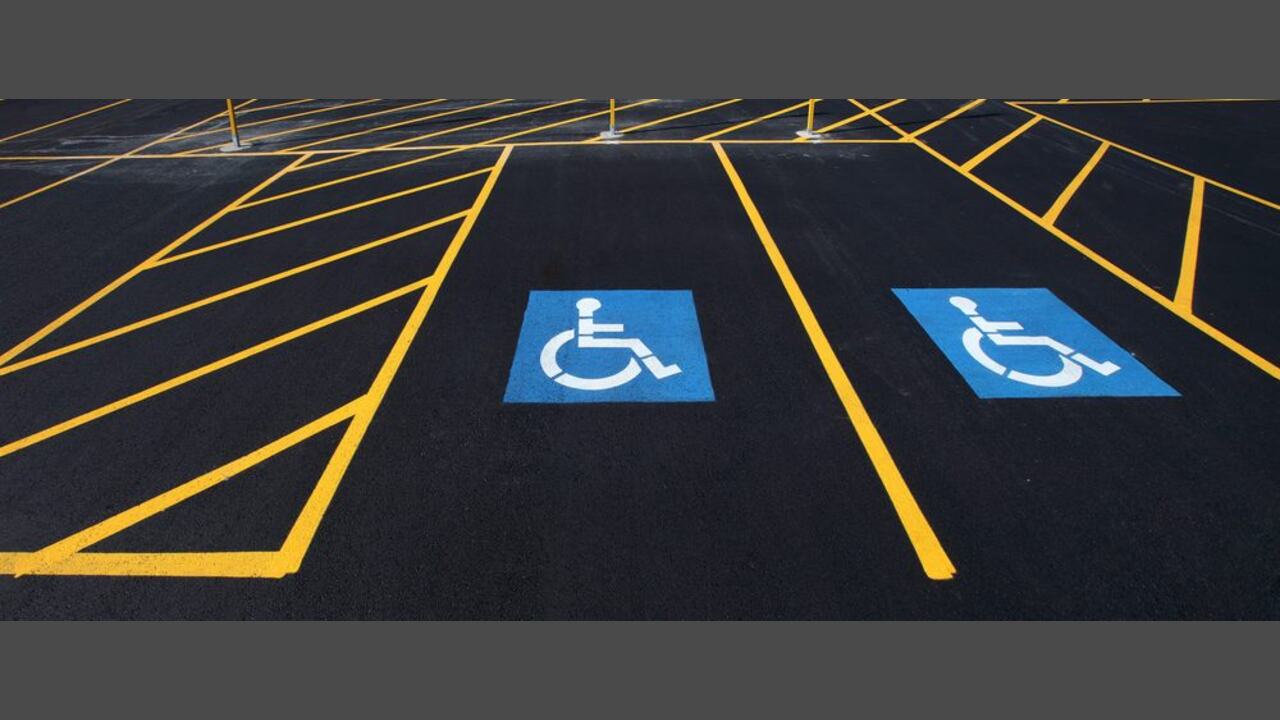
Uniformity and consistency in parking space sizes are vital for ensuring optimal usage of available parking spaces. Using measuring tapes to designate parking stalls is a practical solution that guarantees uniformity, particularly in commercial spaces or public parking lot stripers.
Establishing standard measurements for parking spaces in adherence to regulations is crucial. Additionally, accurately measuring and designating handicap spots is essential for accessibility. These spaces must be close to building entrances and have the correct width to accommodate wheelchairs and other mobility devices.
Applying Primer To The Surface
Before painting the parking spaces, applying primer to the surface is crucial. This step ensures better paint adhesion and durability, creating a smooth and even base for the paint. Using a roller for application guarantees even coverage, while allowing the primer to dry completely before painting is vital for best results.
Moreover, cleaning the surface with a solvent may be necessary before applying the primer, ensuring a well-prepared canvas for the paint.
Choosing The Right Type Of Paint For Parking Spaces
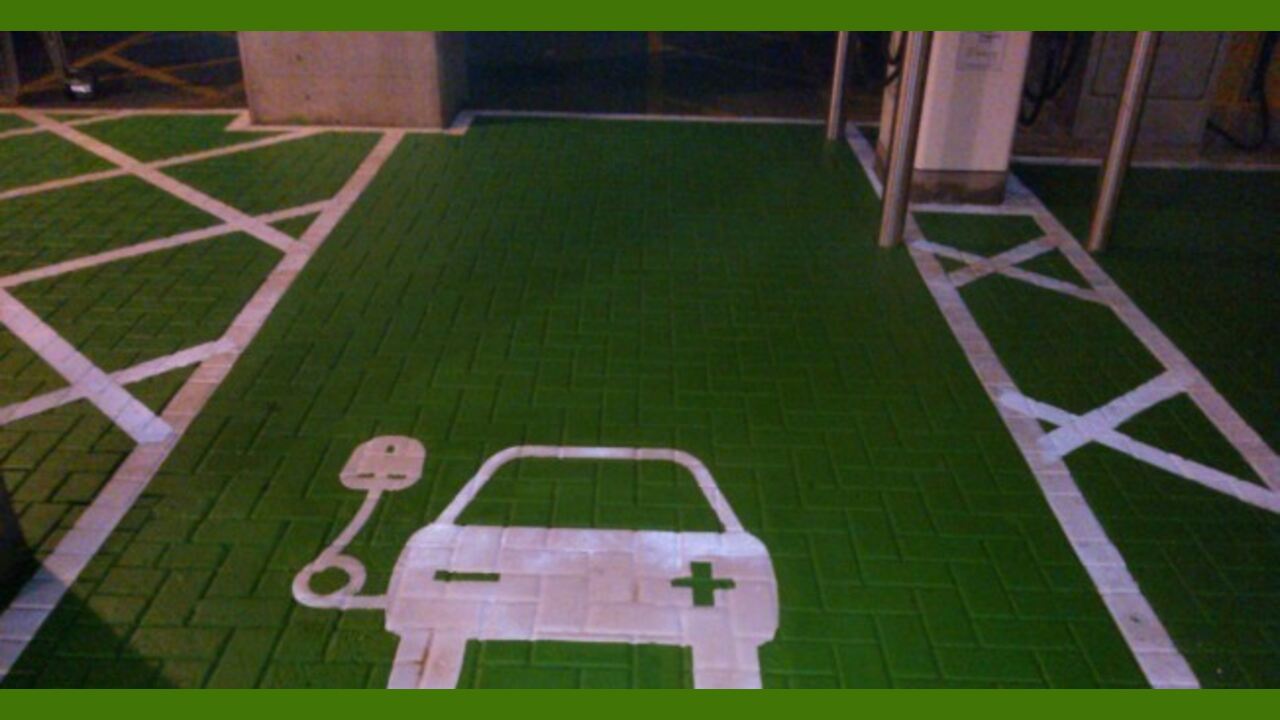
Several factors come into play when choosing the right type of paint for parking spaces. The surface, weather, and traffic conditions all influence the selection. It’s crucial to consider the amount of paint needed for the parking area.
Many opt for latex-based paint for durability and visibility, especially for high-traffic areas like parking lots. Additionally, aerosol paint may be ideal for smaller striping equipment projects or touch-ups.
Moreover, it’s essential to determine the right types of paint for asphalt student parking lots versus concrete surface ones, as each surface has distinct requirements. By carefully considering these factors, small business owners and maintenance professionals can make informed decisions about the paint that best suits their specific parking area needs.
Techniques For Painting Straight Lines And Angles
Using a paint striper and stencil ensures precise and professional results when painting straight lines. It’s good practice to create a chalk line as a guide for painting straight lines, ensuring accuracy and straightness. Another effective technique is using a paint roller, which can easily paint straight lines.
For larger projects, employing a parking lot line painting machine ensures accuracy and efficiency. To enhance visibility, applying glass beads to wet paint helps make parking lines more visible at night, promoting safety and order in the parking area.
Adding Stencils Or Symbols For Designated Areas
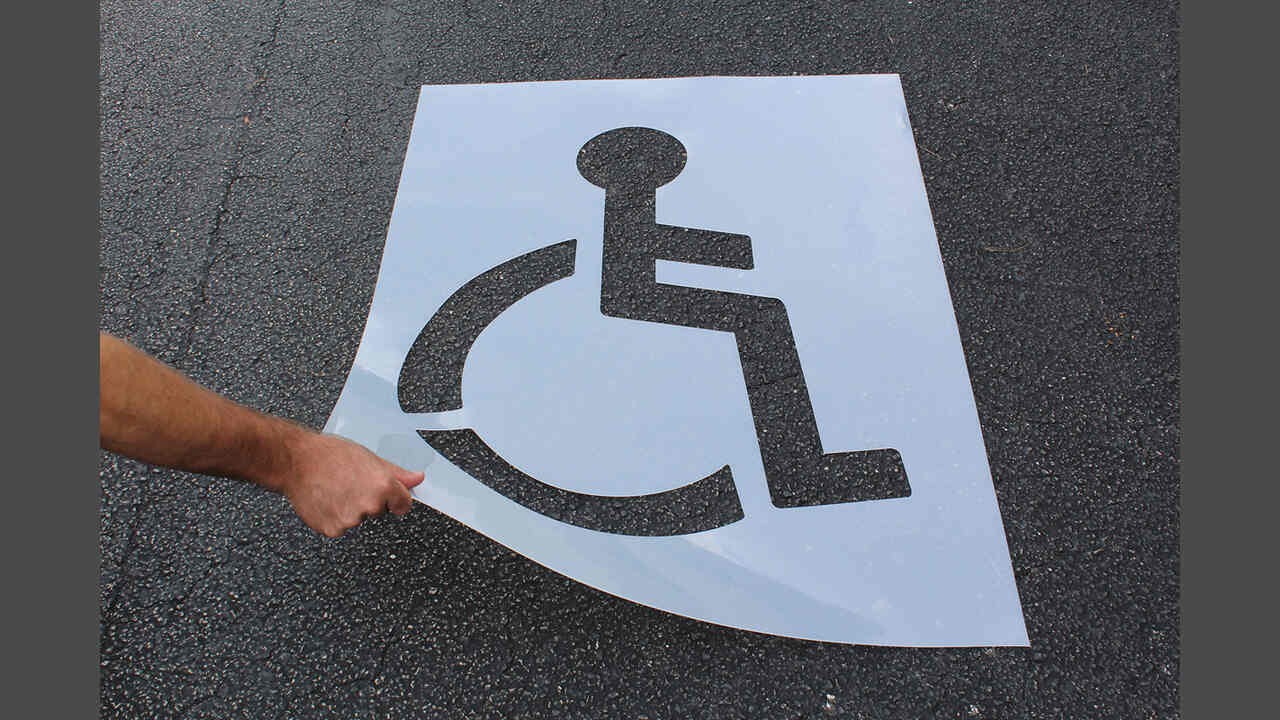
When painting parking spaces, including symbols for designated areas is crucial. Handicap symbols should be added to designated parking spots to ensure accessibility. Stenciling arrows for direct traffic flow within the parking lot improves organization and safety.
Additionally, adding no parking symbols in restricted areas is important for compliance with parking regulations. Including reserved parking symbols for specific individuals or groups is also beneficial. Lastly, stenciling fire lane symbols in designated areas is crucial for safety and legal compliance.
Allowing The Paint To Dry And Cure Properly
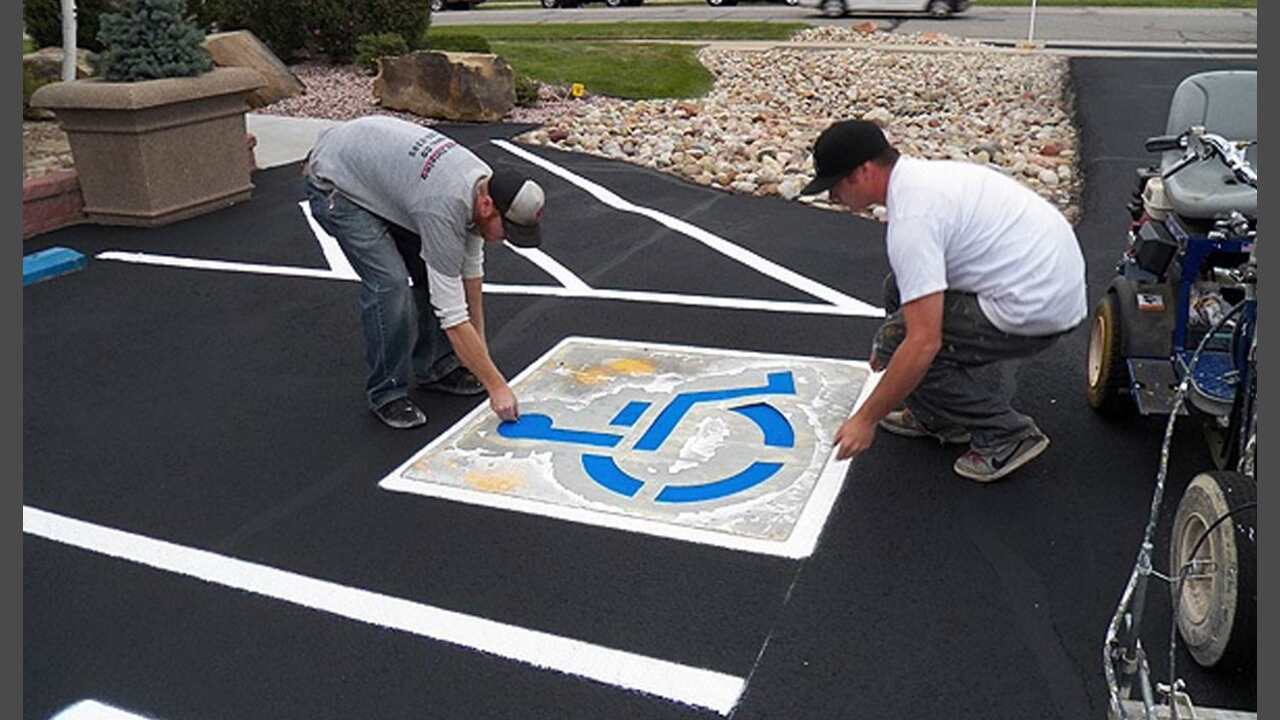
After painting the parking spaces, allowing them to dry for the recommended time is essential to ensure durability. Adequate ventilation in the painted area is crucial for proper paint curing. It’s important to avoid traffic on the freshly painted spaces until the paint is fully cured.
Weather conditions and temperature are necessary for the best paint drying and curing. Additionally, additional white paint coats may be required for optimal durability and visibility. This process is vital in ensuring that the parking spaces maintain functionality and visual appeal for an extended period, benefiting small business owners and visitors alike.
Importance Of Properly Marked Parking Spaces
Properly marked parking spaces are crucial for various reasons, whether it’s a parking lot for a small business or a high school parking area. These clear markings ensure organized Traffic cones flow, making it easier for drivers to navigate and park their vehicles.
Well-marked parking spaces also enhance safety, reducing the risk of accidents between cars and pedestrians. Additionally, painting parking spaces allows maximum use of available spots, maximizing parking capacity.
These painted lines contribute to the overall aesthetics of the area, providing a neat and professional look. Lastly, properly marked parking spaces comply with legal and safety regulations, avoiding potential fines or legal issues for small business owners or school administrators.
Maintaining And Refreshing Painted Parking Spaces
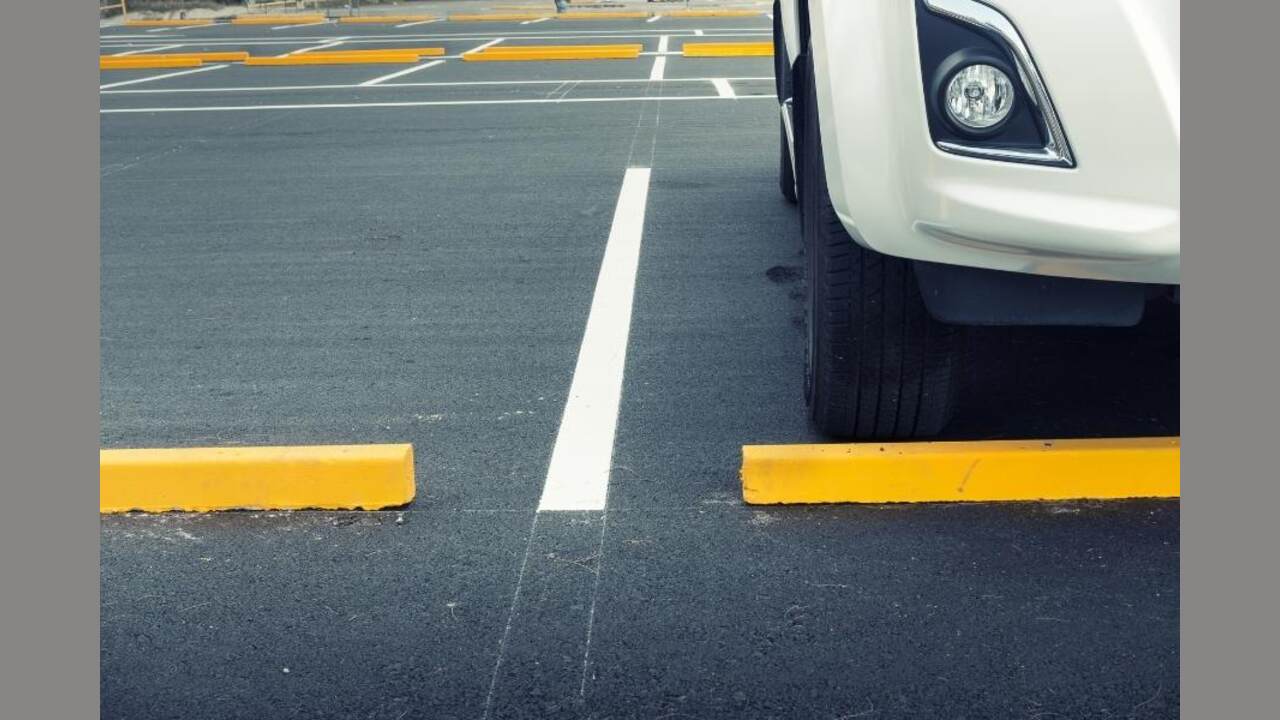
Regular maintenance and refreshing may be required to maintain the longevity and appearance of painted parking spaces. By regularly maintaining and refreshing painted parking spaces, you can ensure your parking area’s safety, organization, and overall quality. Here are some tips:
- Asphalt Maintenance: Periodically inspect the parking area for any cracks, potholes, or other surface damages. Promptly repair any issues, as they can affect the durability of the painted lines.
- Parking Lot Line Painting: Over time, paint may fade or wear off due to traffic and weather conditions. Consider repainting the lines or touching them up to maintain visibility and organization.
- Refreshing Paint: Depending on the level of traffic, paint may require refreshing every couple of years. Regularly assess the condition of the painted parking spaces and refresh as needed to maintain a professional and well-marked parking area.
- Follow Best Practices: Avoid applying paint too thickly, as this can lead to cracking. Instead, apply thin, even coats, allowing each coat to dry completely before adding another, if necessary.
Conclusion
Properly marked parking spaces are essential for ensuring organization, safety, and efficient use of parking areas. painting parking spaces may seem like a simple task, but it requires careful planning and execution to ensure a clean and professional finish.
As we have discussed, it is important to properly prepare the surface, use the correct materials, and follow proper techniques to achieve a lasting result. With these tips in mind, you can confidently take on the task of painting parking spaces and creating a well-organized and visually appealing parking lot for your clients or customers. Remember to always prioritize safety and quality in your work.
Frequently Asked Questions
1.What kind of paint do you use in a parking space?
When painting parking spaces, it’s important to use the right type of paint. Traffic paint or pavement line marking paint for this purpose. These paints are durable, weather-resistant, and provide high visibility.
2.Can you paint your own parking space?
Painting your own parking space depends on local rules and regulations. Some places allow it, while others require a professional or city worker. Check with your local government or property manager owner before attempting.
3.What kind of paint do you use to paint parking lines?
Traffic paint is commonly used for painting parking lines. Water-based traffic paint dries faster, has less odor, and is preferred over oil-based paint. It is recommended to use high-quality, durable paint at least 15 mils thick for longevity and visibility.
4.How do you paint parking bays?
To paint parking bays, thoroughly clean the area and measure the dimensions for each space. Use painter’s tape to mark off the boundaries evenly. Apply primer before painting with high-quality traffic-coloured paint.
5.Which Parking Lot Paint to Use?
When painting parking lots, it’s important to use the right type of paint. Look for acrylic or latex-based paints that are designed specifically for parking lots. Consider factors like weather resistance and visibility.

